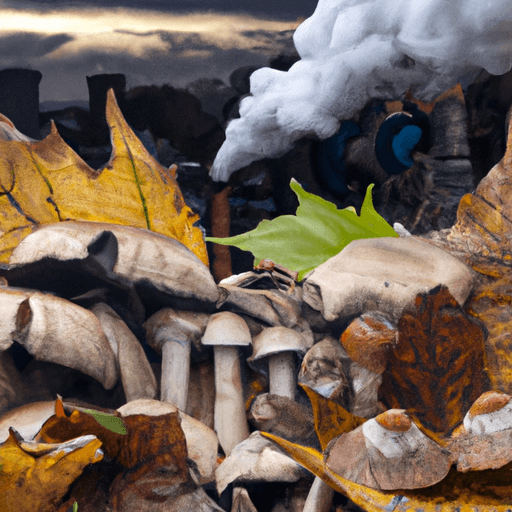Fungi: A Cornerstone in Combating Climate change
Traditionally, when concerning ourselves with the progression of climate change, our focus goes towards the more obvious contributors such as carbon dioxide emissions from burning fossil fuels or deforestation. Few people are knowledgeable about the profound role fungi play in climate change mitigation, in particular through carbon sequestration and the reduction of greenhouse gases.
Types of Fungi and Their Unique Properties
There is an estimated 1.5 to 5.1 million species of fungi present on Earth, each with their unique properties that contribute to climate change mitigation. For instance, Mycorrhizal fungi form a symbiotic relationship with the roots of most plant species, assisting in their nutrient absorption process. In this symbiotic process, these fungi aid in the sequestration of carbon as they transfer carbon from plants to soils.
Role of Fungi in Carbon Sequestration
Simply put, fungi can store (sequester) carbon. They help in bridging the gap between carbon in the atmosphere and the soil. When it comes to carbon sequestration, fungi are invaluable. They act as nature's recycling system, decomposing organic material and turning it back into soil. As they break down organic material, they store carbon within their own biomatter and in the soil, preventing it from being released back into the atmosphere.
Reduction of Greenhouse Gases
Fungi, particularly Mycorrhizal fungi, can influence soil carbon dynamics and the ensuing CO2 emissions. Studies have shown that these fungi can reduce greenhouse gas emissions by between 15-50% in agricultural soils. They do this by improving the soil structure, leading to increased carbon storage and decreased emissions.
Ongoing Research and Future Prospects
Research in understanding exactly how fungi can help combat climate change is an active field. Fungi are continuously being discovered with new abilities that prove invaluable to the fight, such as the recent discovery of a fungus that consumes plastic. It is this adaptability of fungi that provides promising future prospects for effectively utilizing fungi in carbon capture and storage technologies.
Challenges and Solutions
The potential of fungi to mitigate climate change is vast, yet not entirely understood. Many challenges lie ahead, such as the need for more in-depth knowledge about diverse fungal species, their life cycles, and their interaction with the ecosystem. One possible solution is to increase funding for research into mycology, the study of fungi, which would allow for a more comprehensive understanding of fungi and their role in climate change mitigation. Additionally, incorporating fungi into existing environmental conservation strategies has potential for greatly improving their efficacy.
In conclusion, fungi are indeed formidable allies in the battle against climate change. With the pressing need to mitigate the accelerating rate of climate change, a deeper understanding and more extensive utilization of these organisms could be integral to preserving our planet's future.

















Comments
Leave a Comment